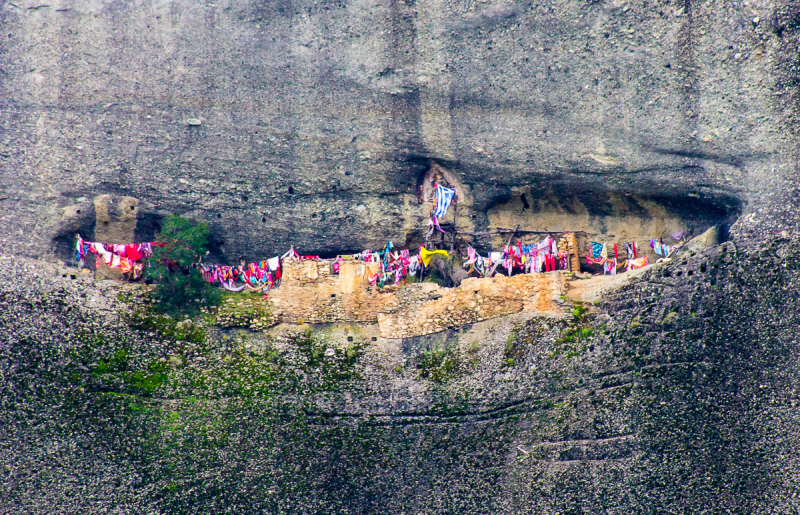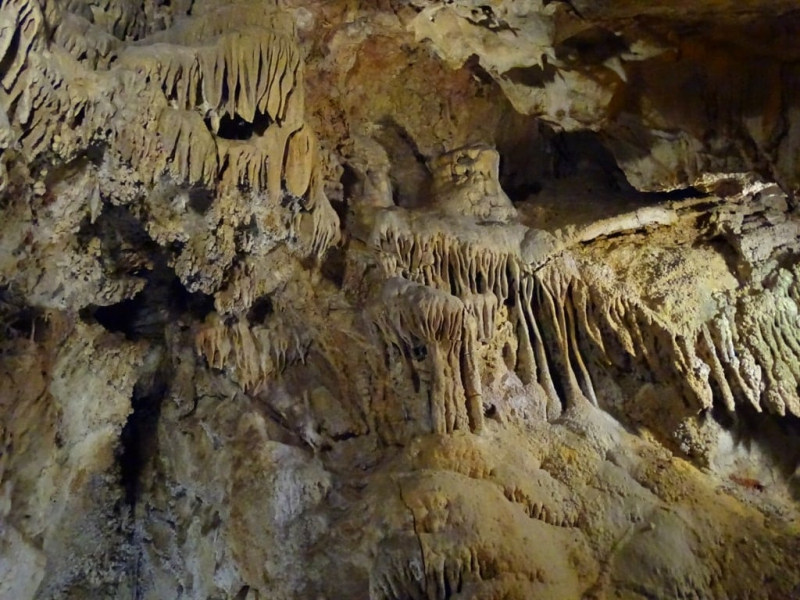Cave of St George
The Cave of St. George is the city of Kilkis' main tourist attraction; it is one of Greece's most remarkable caves and provides visitors with a one-of-a-kind experience. Especially if combined with a visit to the Paleontological Museum, which houses the cave's discoveries. It is located at the foot of St. George's Hill and was discovered by quarryman George Pavlidis (Boulasiki) by accident around 1925 when he opened its entrance while working in the quarry. Mrs. Anna Petrocheilou, President of the Greek Speleological Society at the time, mapped the cave for the first time in 1960. Under her supervision, the recovery operations began in 1977 and lasted six years.
The Cave of St. George's most notable feature, which has spread its fame beyond Greek borders, is that it is medically indicated as suitable for the treatment of respiratory diseases. Following a relevant study, the cave of Kilkis has proven to be ideal and has accumulated all of the conditions as a cave-therapy center, with beneficial effects in cases of chronic respiratory diseases (asthma) and with especially good results in children, in the treatment of skin diseases from allergic infections, and in the overall rejuvenation of the human body. The absence of ozone and dust, the absence or presence of microorganisms, the presence of an acidic environment, calcium, magnesium, and a variety of other physical and chemical factors all help in all of the above cases.
Location: the foot of St. George’s Hill in Kilkis in northern Greece












